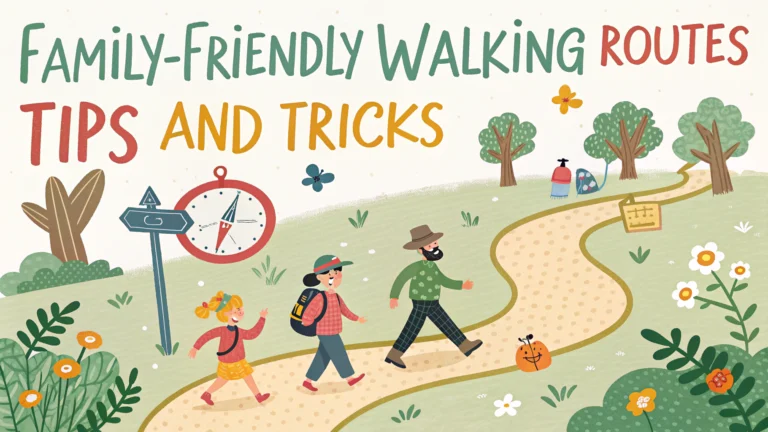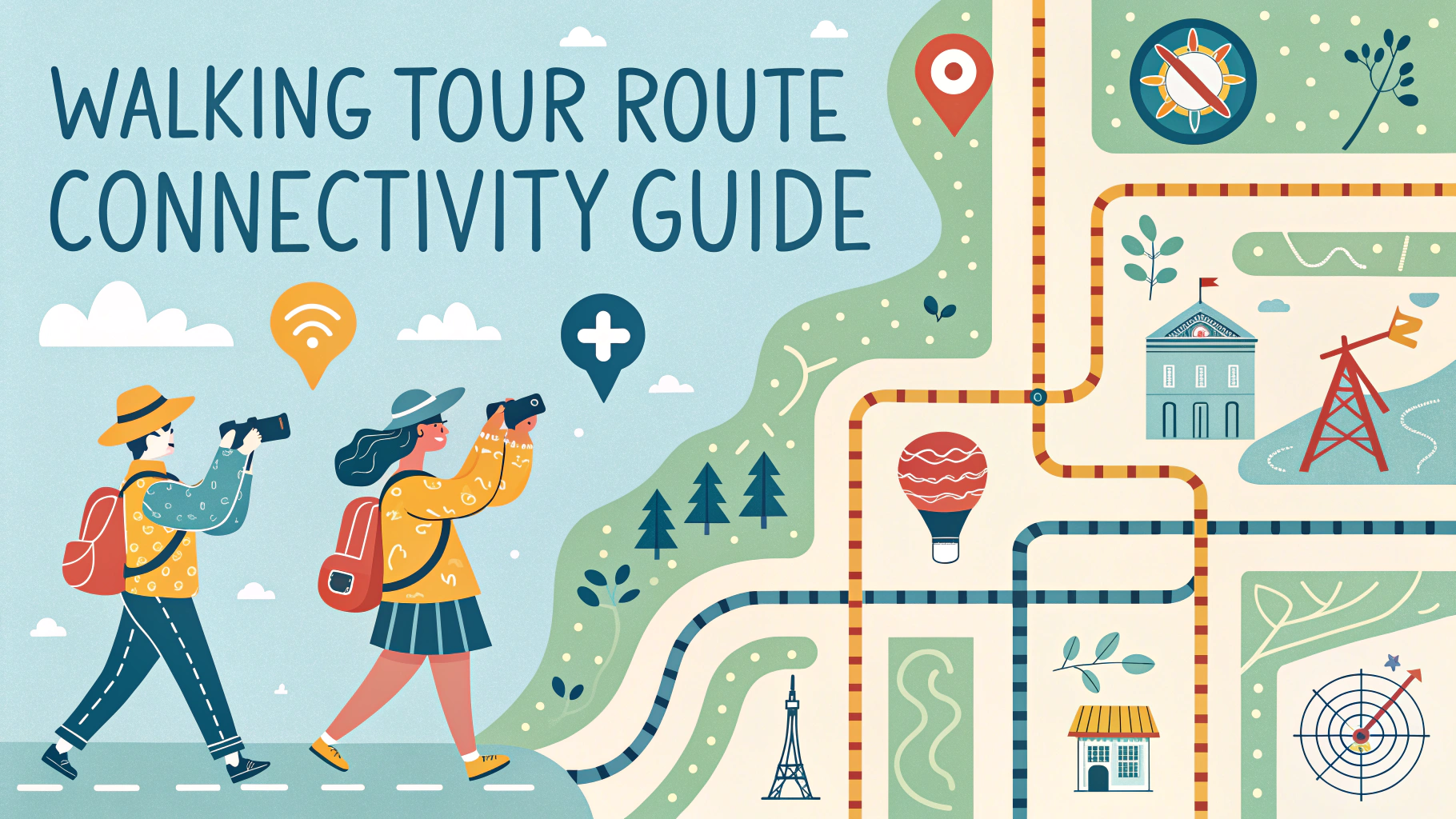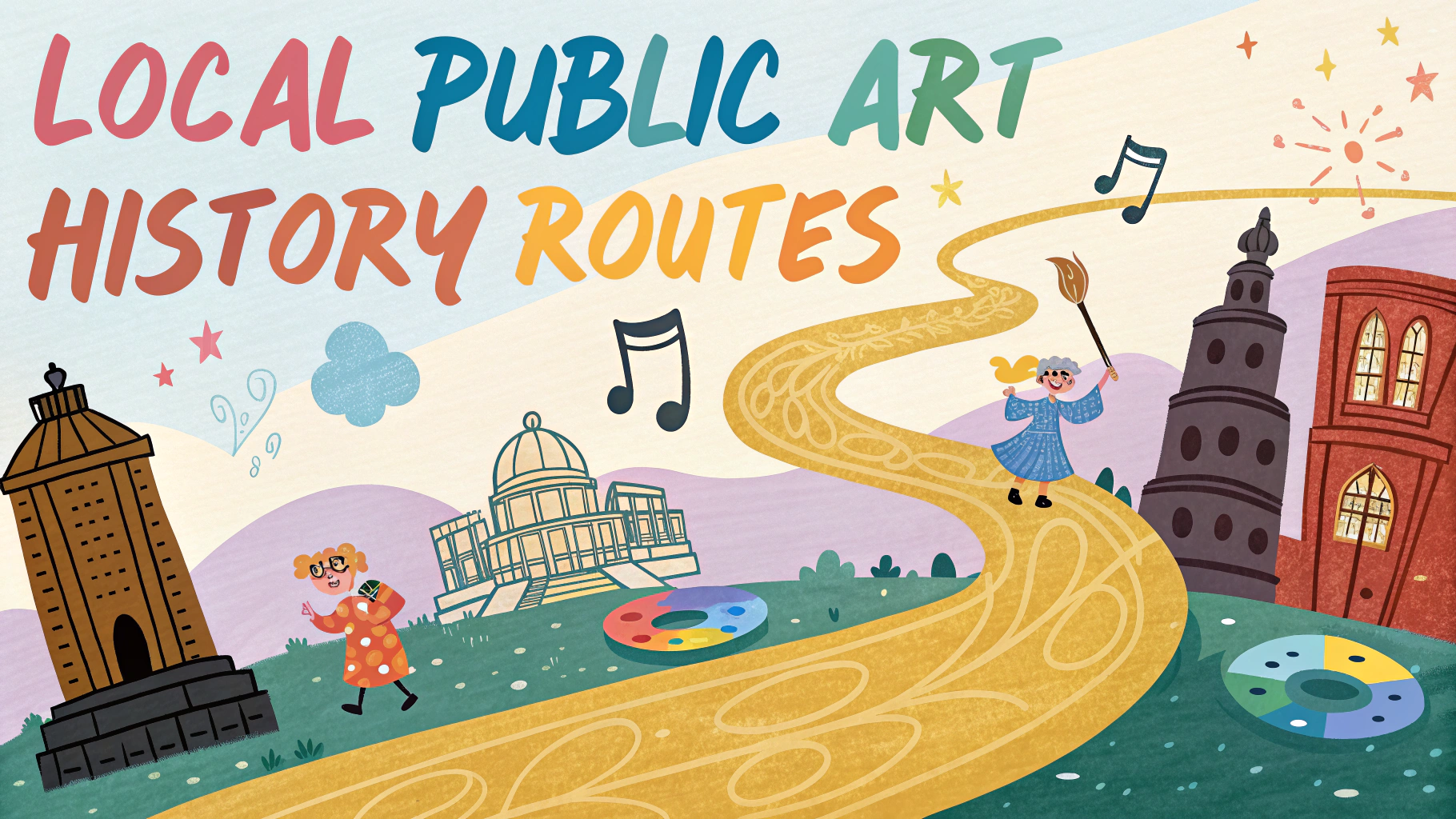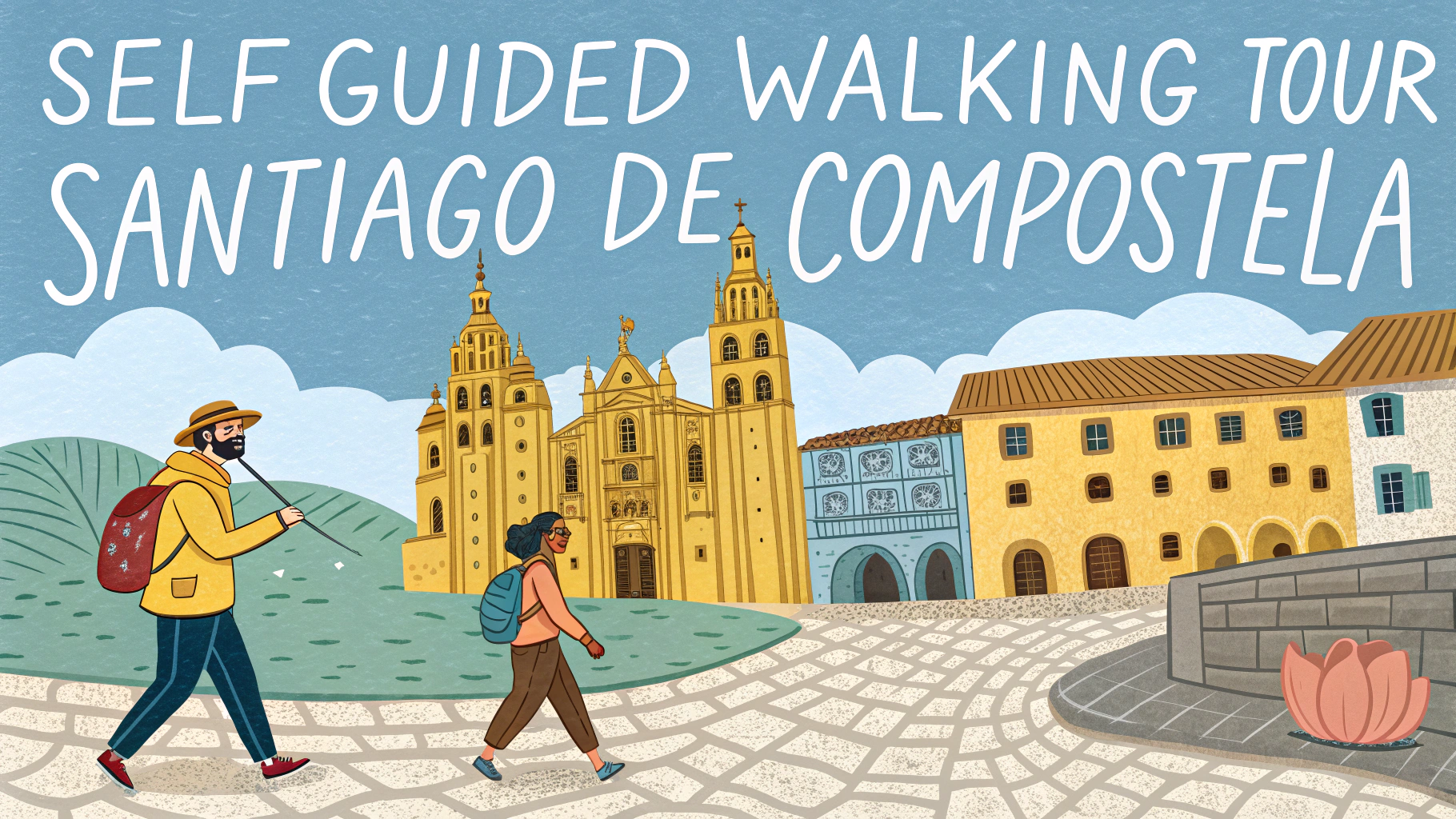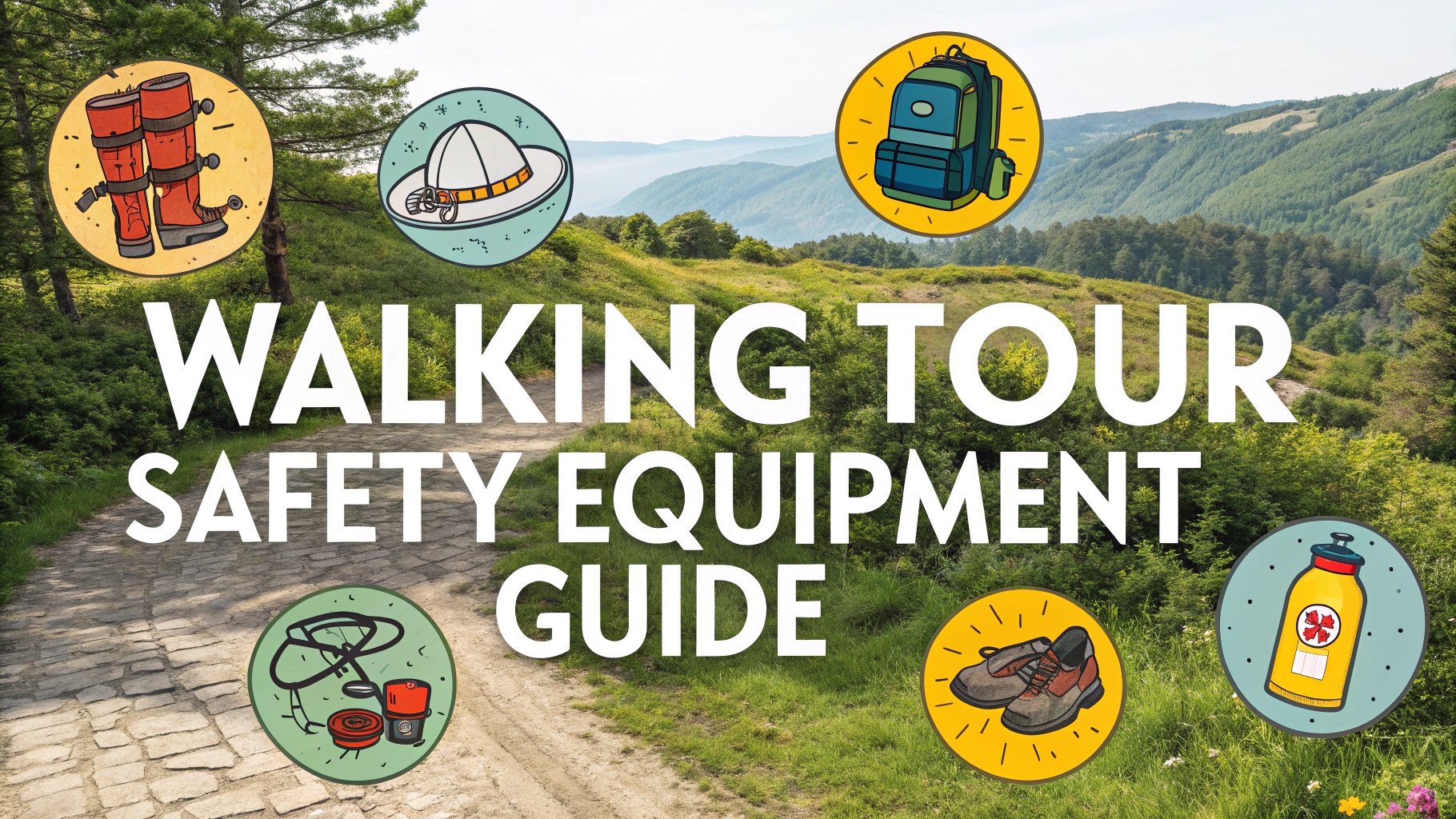Planning family walks requires balancing fun, safety, and accessibility for all age groups.
The best family walking routes have these key features:
- Even terrain suitable for strollers and small children
- Regular rest stops or benches
- Bathroom facilities along the route
- Points of interest to keep children engaged
- Clear signage and well-marked paths
Before starting your family walk, pack these essentials:
- Water bottles and healthy snacks
- First aid kit with basic supplies
- Weather-appropriate clothing
- Map or downloaded route guide
- Fully charged phone
Making Walks Fun for Kids
Turn the walk into a scavenger hunt by creating a list of items for children to spot along the way.
Download nature identification apps like iNaturalist to help kids learn about plants and wildlife.
Schedule regular breaks every 20-30 minutes to prevent fatigue and maintain enthusiasm.
Safety Tips
- Walk during daylight hours
- Stay on marked trails
- Keep children within sight at all times
- Check weather forecasts before departing
- Share your route plan with someone
Recommended Walking Distances by Age
| Age Group | Recommended Distance |
|---|---|
| Toddlers (2-4) | 0.5-1 mile |
| Young Children (5-8) | 1-2 miles |
| Older Children (9-12) | 2-4 miles |
| Teenagers | 4+ miles |
Finding Family-Friendly Routes
Check these resources to locate suitable walking paths:
- AllTrails – Filter trails by “kid-friendly”
- Local park websites and visitor centers
- National Trust properties (for UK residents)
- State and National Park websites
Tips for Success
Start with shorter routes and gradually increase distance as family fitness improves.
Choose circular routes rather than out-and-back paths to maintain interest.
Pack small rewards or treats to celebrate reaching milestones.
Take photos at interesting points to create a walking journal.
Let children help plan routes and lead parts of the walk to build confidence.
Equipment Recommendations
- Comfortable walking shoes with good grip
- Child carriers or hiking backpacks for toddlers
- All-terrain stroller for rough paths
- Small backpacks for each child to carry their own supplies
Setting Expectations
Family walks work best when everyone understands what to expect:
- Set realistic time frames based on youngest family member
- Plan flexible routes with shortcut options
- Discuss behavior expectations before starting
- Agree on rest stop frequency
- Establish clear turning-back points
Seasonal Considerations
Adapt your walking plans to different seasons:
- Summer: Walk early morning or evening to avoid heat
- Spring: Choose routes with wildflower displays
- Autumn: Plan leaf-collecting activities
- Winter: Select shorter routes with weather shelter options
Building Regular Walking Habits
Create a sustainable walking routine:
- Schedule regular walking days
- Vary routes to maintain interest
- Track progress with family walking journals
- Set achievable family walking goals
- Celebrate walking achievements together
Conclusion
Family walks offer valuable bonding time while promoting healthy habits. Success comes from careful planning, appropriate route selection, and making the experience enjoyable for all ages. Start small, stay consistent, and gradually build your family’s walking adventure together.
Remember that each family member’s needs and abilities may change over time. Regular assessment and adjustment of walking plans helps maintain enthusiasm and ensures continued participation in this healthy family activity.
FAQs
- What essential items should I pack for a family-friendly walking route?
Water bottles, comfortable walking shoes, weather-appropriate clothing, snacks, basic first aid kit, sun protection, trail map, fully charged mobile phone, wet wipes, and a small backpack. - What is the ideal length for a family walk with young children?
For children under 10, aim for walks between 2-3 miles (3-5 kilometers), with regular breaks every 30 minutes. Toddlers might only manage 1-1.5 miles. - How can I make walking routes more engaging for children?
Create scavenger hunts, bring nature identification guides, play spotting games, take photos of discoveries, use navigation apps, and encourage collecting natural items like leaves or feathers. - What safety precautions should I take when walking with family?
Tell someone your route and expected return time, check weather forecasts, carry emergency contacts, stay on marked paths, bring a basic first aid kit, and ensure everyone wears visible clothing. - Which terrain types are most suitable for family walks?
Look for well-maintained paths, relatively flat surfaces, circular routes, paths with clear markers, and trails away from dangerous edges or steep drops. - How often should we take breaks during family walks?
Take 5-10 minute breaks every 30 minutes for young children, or whenever signs of fatigue appear. Choose rest spots with interesting features or good views. - What are the best times of day for family walks?
Morning walks between 8-11am or afternoon walks between 3-5pm are ideal, avoiding peak sun hours and extreme temperatures. Consider seasonal variations. - How can I plan accessible routes for strollers or wheelchairs?
Look for paved paths, boardwalks, or compact gravel trails. Check width clearance, avoid steps, research gradient information, and verify amenity accessibility beforehand. - What weather conditions should we avoid for family walks?
Avoid walking in thunderstorms, heavy rain, extreme heat over 85°F (29°C), high winds above 20mph, or icy conditions. Check local weather warnings before departing. - What facilities should I look for along family-friendly walking routes?
Accessible restrooms, water fountains, picnic areas, emergency phones, clear trail markers, parking facilities, and proximity to emergency services.
